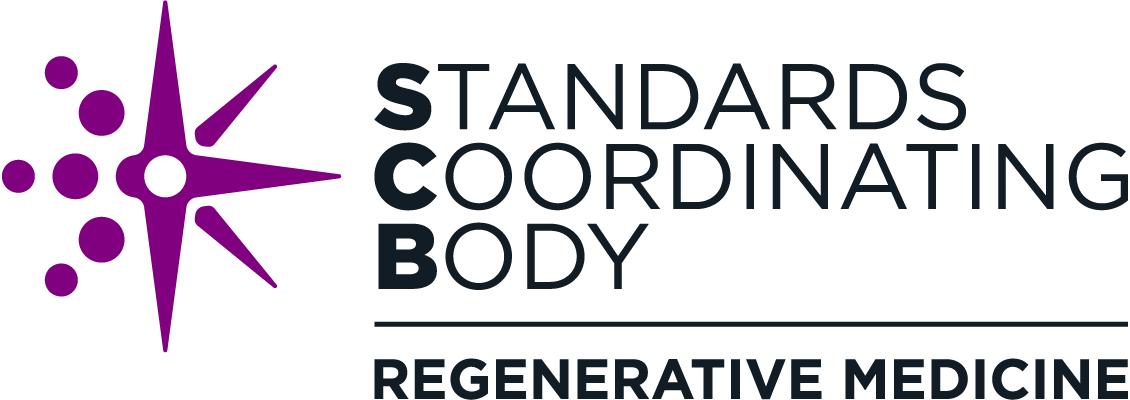Working Group Spotlight: Microphysiological Systems
SCB is coordinating working groups focused on three interrelated areas within microphysiological systems.
The Challenge
Microphysiological systems (MPS)—which include organs-on-a-chip, diseases-on-a-chip, and other interconnected cellular constructs—are an invaluable tool in the study of both healthy and diseased tissue and organ systems. MPS can also be used in the development of new drug therapies to increase the speed and accuracy of drug safety and efficacy assessments. However, this field lacks relevant standards, leading to inconsistent terminology and difficulty comparing methodology and results, which impedes understanding among product developers and slows the wide adoption of MPS as a research tool.
About the Working Groups and Their Accomplishments
SCB is coordinating standards development for three interrelated areas within MPS. These originated as a single effort intended to advance a general overarching standard for best practices within MPS. But the working group members determined quickly that the field would benefit from more specific standards that address granular areas of need.
1) Terminology for MPS
As work began on the initial standard, it became evident that various terms relating to MPS are used differently by different organizations and subsets of the community. This led to the working group recognizing the need for a standard that would establish basic terminology to enable clear communication within the MPS community. Such a common lexicon is the foundation of successful advancement of a new technology and will benefit individual organizations by making their documents (e.g., publications, grant applications) easier to review and more likely to have an impact.
Status: The lexicon standard is now complete and was recently published as ASTM F3570-22.
2) Cardiac and Cardiovascular MPS
MPS include a broad range of specific organs, organ systems, disease systems, and more. The working group determined that it would be impossible to address the needs and best practices of all the different MPS types in one standard and opted instead to select one of the most common MPS organ-on-a-chip systems for its initial efforts. They identified cardiac and cardiovascular MPS as the best candidate for the first organ-system specific MPS standard, as it has the most community consensus on technical matters. The working group plans to potentially advance future standards focused on other organs (e.g., liver, kidney).
Status: This standard is currently under development with ASTM as ASTM WK77165.
3) Materials for MPS
During work on the cardiac and cardiovascular MPS standard, working group members determined that much of what could be written on the materials involved in MPS (e.g., what the chip is made of, what is used to coat it) would be applicable to a broad range of MPS systems, and this topic merited its own standard. The standard will examine physical qualities of materials used in MPS and their impact on the function of MPS, as well as offer advice on how to confirm quality, effectiveness, and appropriate use of materials.
Status: This standard is under development with ASTM (standard ID pending).
SCB’s coordination of these working groups helps to ensure that the standards are consistent and complementary, with no conflicting specifications.
Why It Matters
MPS technology has the potential to change the paradigm of research in human systems and the development of new medicines and therapies. Accelerating standards to support MPS development will also serve to improve the quality of pre-clinical testing data so that it is more predictive of how a therapy will perform in human trials.
Get Involved
Now is a great time to join either of the two ongoing efforts:
The Cardiac MPS standard is nearing the end of the drafting stage and would benefit from additional experts to provide input and review the document.
The MPS Materials standard is at the start of the drafting phase and needs more subject matter experts from the manufacturing space to support development of the draft.
To join one or both working groups, contact SCB.
